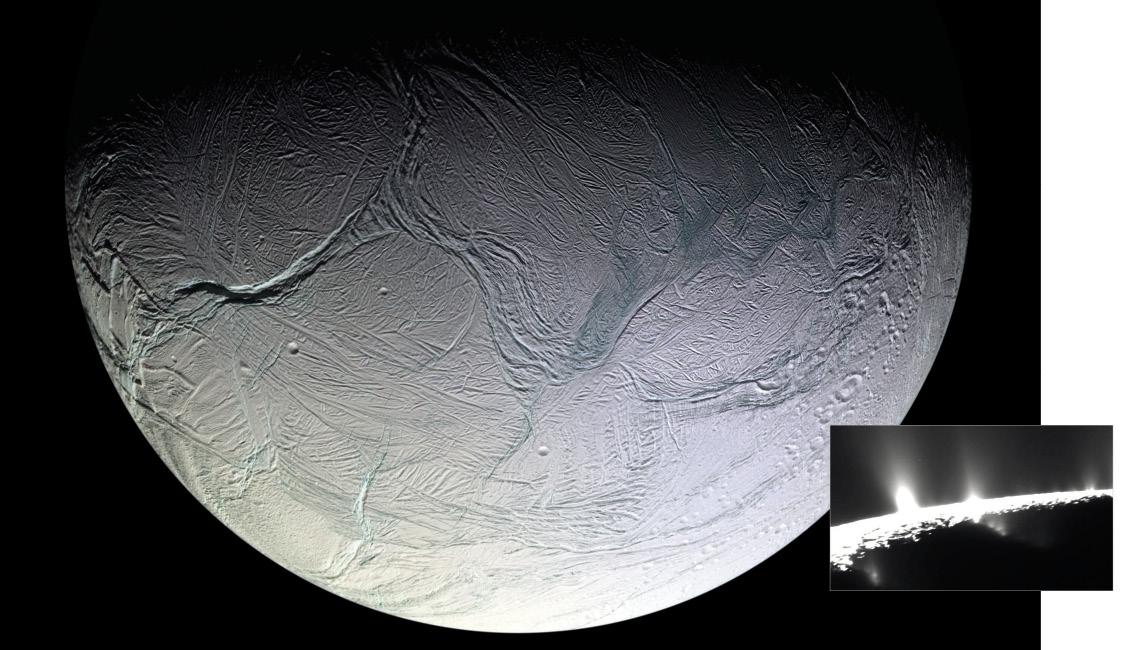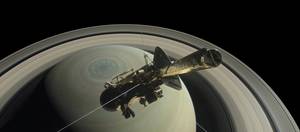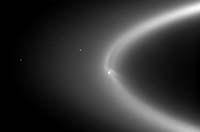The discovery of the phosphorus Enceladon increases the chances of life on that moon
2023/06/15 Galarraga Aiestaran, Ana - Elhuyar Zientzia Iturria: Elhuyar aldizkaria

After reviewing the data of the Cassini probe on the moon of Encelado Saturn, the existence of phosphate is confirmed. Other previous studies found evidence of the possible presence of phosphate, but did not obtain evidence. Now, for the first time, they've found evidence of it. This has increased the chances of the moon having life in it.
The research, published in the journal Nature, points to six key elements for the life we know: carbon, hydrogen, nitrogen, sulfur, oxygen and phosphorus. It's not uncommon to find the first five, but phosphorus is very scarce in space. Now, for the first time, they find Sol in one of the ice moons of the gaseous planets in the system. Enceladus of Saturn.
Some of these moons have already been considered as candidates for life because of their characteristics. For example, organic compounds, signs of volcanic activity (energy source) and liquid water under the surface ice layer have been detected in Encelado. Now, phosphorus has been detected in ice jars and gas jets coming out of the cracks in the ice sheet. Moreover, sodium phosphates have also been found in ice picks.
On Earth phosphates are essential for life: RNA and DNA are present in energy transport molecules, cell membranes, teeth and bones … Therefore, in addition to the above conditions (energy source, icy ocean, organic compounds…), the discovery of phosphate has given strength to Entzelado’s candidacy.

Gai honi buruzko eduki gehiago
Elhuyarrek garatutako teknologia





